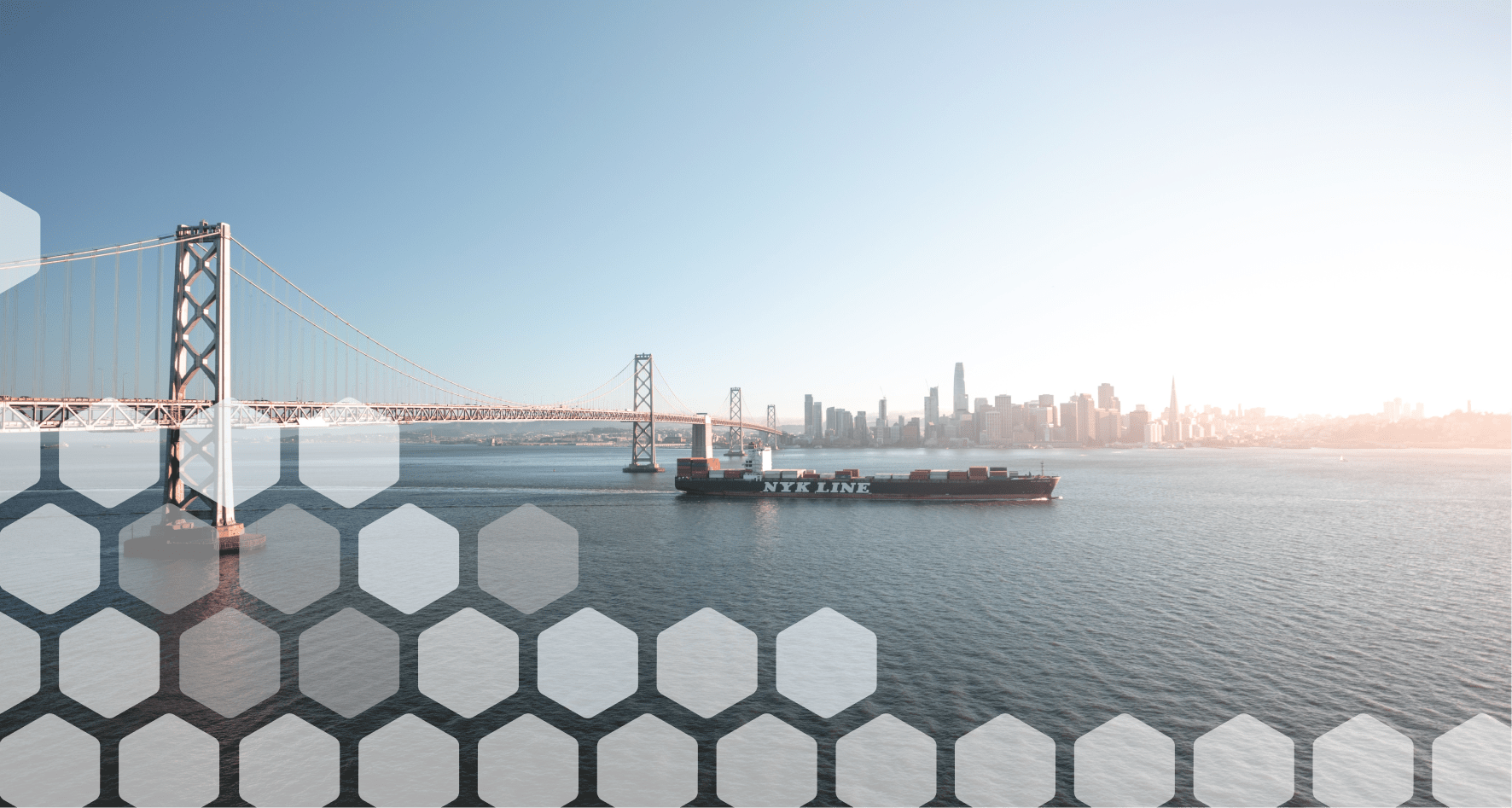


In this stop-and-go economy, building a resilient and future-proof supply chain is one of the top leadership objectives. However, the COVID-19 pandemic revealed that many of the traditional practices for ocean freight management, both procurement and execution, that proved successful for decades have now lost traction in a volatile market. Today, the market has been thrown into turmoil due to gyrating surges in demand and supply as a result of changes in consumer behavior and expectations for faster delivery and an overall seamless experience.
When the world’s largest economies were upended by the pandemic, the vast rebounding influx of consumer activity created a wealth boom for carriers and put them in the driver's seat of global supply chains. As the new terms of globalization take shape, the time is now to embark on a new approach for ocean freight management to minimize future shocks to your international freight flows.
-min-1.png)
The frenetic growth of global containerized cargo movement has led to enormous shortages of equipment and vessel capacities. This imbalance of demand and supply has resulted in upwards of quadrupled (+300%) freight rates. Additionally, workforce constraints associated with the pandemic’s health challenges and port congestions have caused severe setbacks to everyone’s supply chains.
“For the past few months, scheduling reliability has severely declined, dropping to as low as 50% on a port-to-port basis and virtually to 0 on a door-to-door basis. Globally, the average vessel delay increased to over 5 days. Based on the increasing spread of COVID-19 mutations and the severe equipment imbalance, it is highly unlikely that the global ocean freight market will achieve balance within the next few months.”
– Heiner Murmann
Despite significant delays and shortages, supply chain managers sought new methods to maintain the pace of port-to-port deliveries as consumer expectations remained high for global trade operations to continue seamlessly. Let’s take a look at how international trade shifted over the course of the past year.

Industry experts project that the ocean freight market will remain unstable for the foreseeable future. Some optimists believe that the market will level and return to pre-COVID-19 conditions by mid-year; however, this is the same timeframe in which trans-pacific contract negotiations take place, between April to May. Based on these new factors, it is clear who will have the upper hand when finalizing annual agreements.
“We now see ourselves in a carrier’s market, where they are in the driver’s seat, relative to the rates they set. Carriers cannot produce containers fast enough to meet imbalances and shortages. While there are some smaller and immediate tonnages available, the carriers will continue to manage space and vessel availability. With this changing imbalance in the business relationship, ocean carriers have more deciding power than ever before. Executives directly involved in the management of ocean freight must approach this year – and the upcoming years – with the understanding that freight rates will remain relatively high.”
– Arnold Da Silva
Ultimately, the prospect of returning to a pre-COVID-19 environment is highly unlikely as carriers prioritize agreements that maintain activity levels to perpetuate their dominate position. To move forward in this new landscape, supply chain managers should build an approach with carriers that guarantees space and rates, potentially in reciprocal dead freight arrangements, should a party default on these contracted agreements.
“The shift in ocean freight management is from securing the lowest rate to ensuring minimal disruption.”
– Arnold Da Silva
The market will continue to behave according to basic economic factors. While individuals cannot influence the market, there are certain steps decision makers can take to prepare for the new normal. Take a different and more agile approach that creates a clear path forward by deploying strategies that mitigate recurrences of potential obstacles. In this, build a focused approach based on controlled factors – your own actions – so that it is independent of market fluctuations, which will remain volatile for the foreseeable future.
To do this, evaluate your internal capabilities and the strength of your relationships in conjunction with your company’s product portfolio. Objectively think through the following categories:
Depending on your answers to the above questions and self-assessment, there are several strategies you can follow to further leverage your partner network or to deploy segmented strategies for different product categories.
Curious about how to navigate the evolving landscape of ocean freight management and ensure supply chain resilience in these turbulent times? Our experts can help you assess your strategies, enhance your capabilities, and strengthen partner networks to mitigate disruptions and maintain a competitive edge. Contact us today to explore tailored solutions for your unique supply chain challenges.